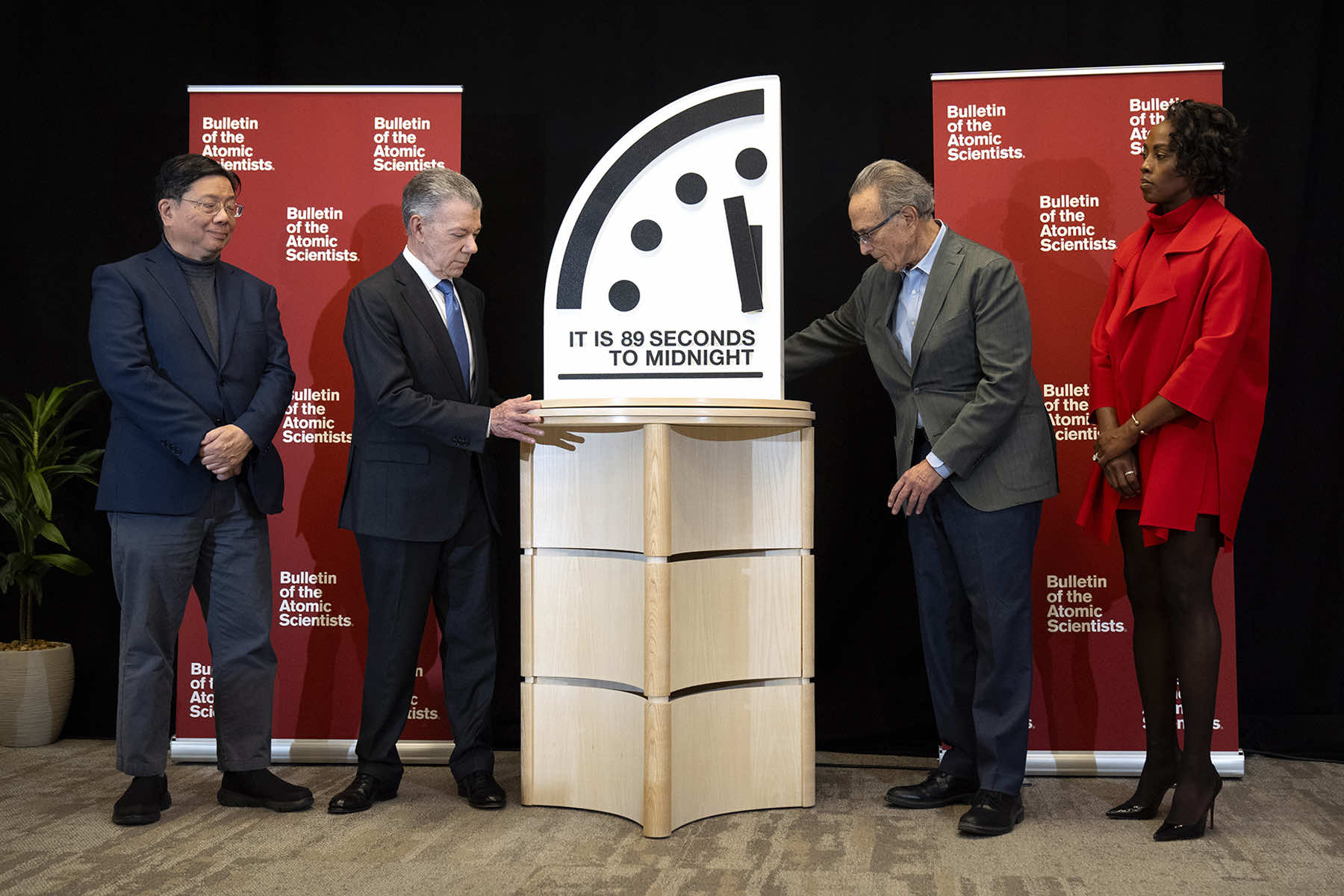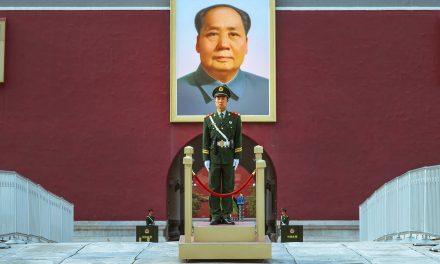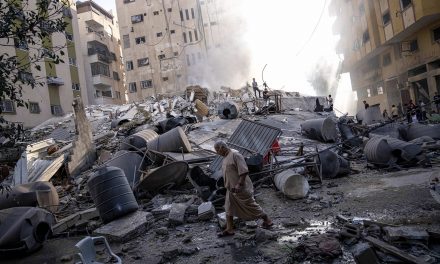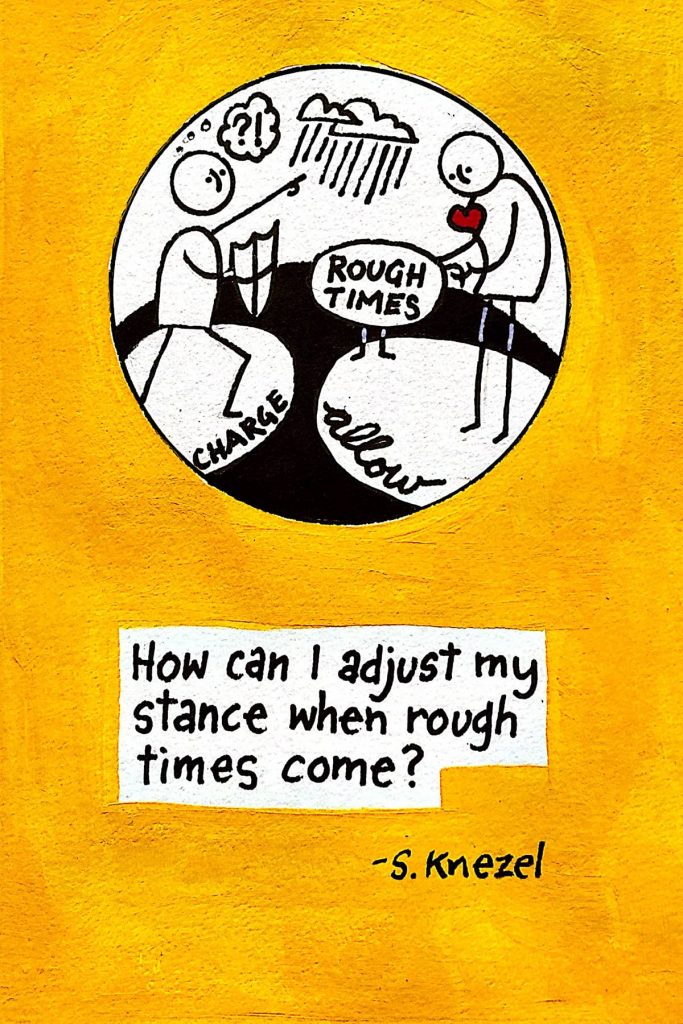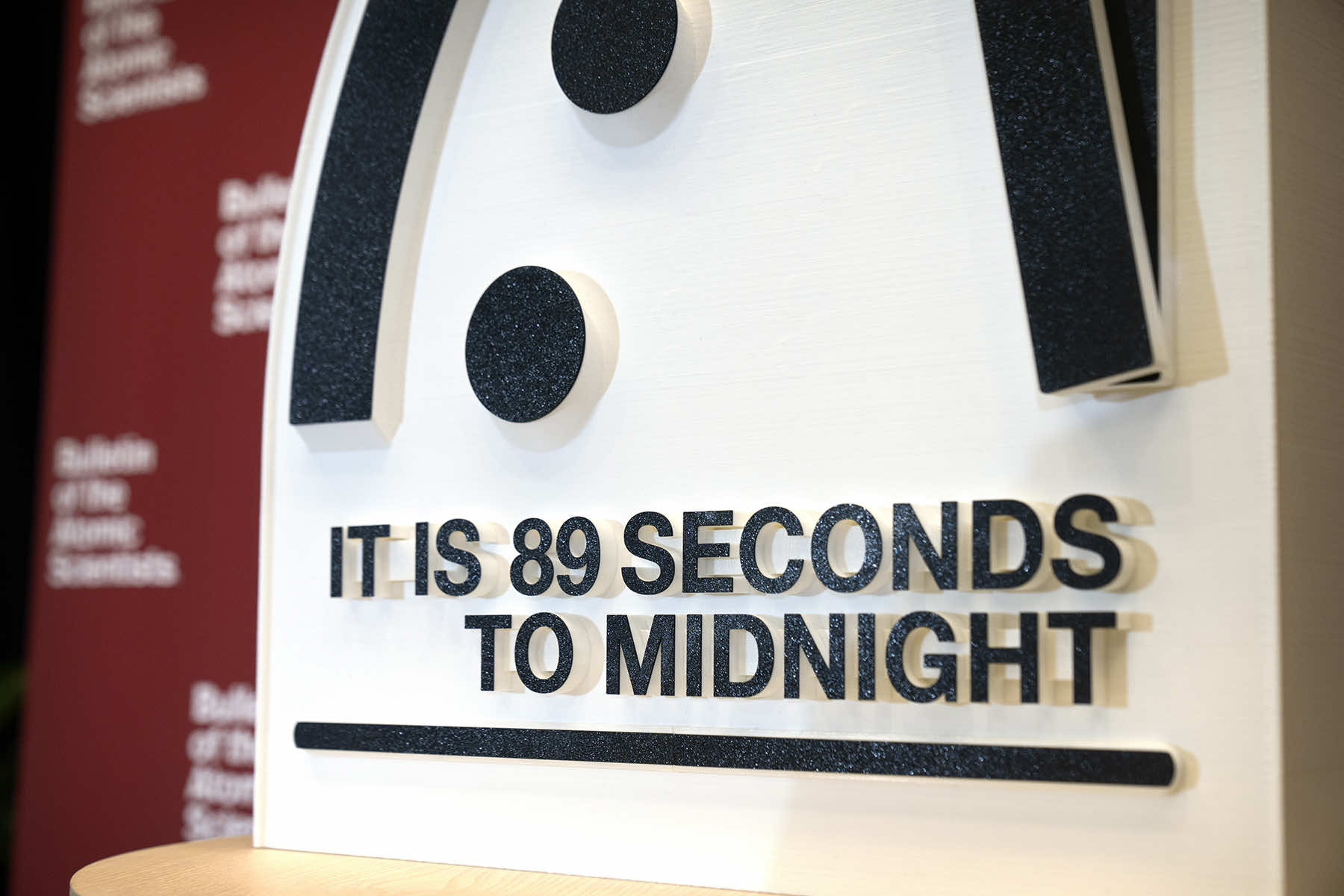
Earth is moving closer to destruction, a science-oriented advocacy group said in January as it advanced its famous “Doomsday Clock” to 89 seconds till midnight, the closest it has ever been.
The Bulletin of the Atomic Scientists made the annual announcement — which rates how close humanity is from ending — citing threats that include climate change, proliferation of nuclear weapons, instability in the Middle East, the threat of pandemics and incorporation of artificial intelligence in military operations.
The clock had stood at 90 seconds to midnight for the past two years and “when you are at this precipice, the one thing you do not want to do is take a step forward,” said Daniel Holz, chair of the group’s science and security board.
The group said it is concerned about cooperation between countries such as North Korea, Russia and China in developing nuclear programs. Russia President Vladimir Putin has also talked about using nuclear weapons in his war against Ukraine.
“A lot of the rhetoric is very disturbing,” Holz said. “There is this growing sense that … some nation might end up using nuclear weapons, and that’s terrifying.”
Starting in 1947, the advocacy group has used the Doomsday Clock as a powerful symbol of humanity’s proximity to global catastrophe. Initially a response to the threat of nuclear war, the clock has evolved into a broader warning system, reflecting existential threats such as climate change, emerging technologies, and geopolitical instability.
Over the decades, it has been reset both forward and backward, mirroring the world’s fluctuating security and stability.
The clock’s debut set the hands at 7 minutes to midnight, with midnight representing the symbolic point of global destruction. As the Cold War intensified, the clock moved perilously close to midnight, particularly after major events such as:
- 1949: The Soviet Union successfully tests its first atomic bomb, moving the clock to 3 minutes to midnight.
- 1953: The U.S. and USSR both test thermonuclear weapons, the most destructive bombs ever built. In response, the clock reaches 2 minutes to midnight — the closest it would remain until the 21st century.
- 1962: The Cuban Missile Crisis, the most dangerous moment of the Cold War, occurs, but the clock remains at 7 minutes to midnight, as de-escalation follows.
Despite the ongoing arms race, moments of diplomacy nudged the hands backward:
- 1963: The Partial Nuclear Test Ban Treaty between the U.S., USSR, and the UK moves the clock back to 12 minutes to midnight.
- 1972: The Strategic Arms Limitation Talks (SALT I) and the Anti-Ballistic Missile Treaty push the hands to 12 minutes to midnight once again.
- 1980s: Tensions between the superpowers — along with events such as the Soviet invasion of Afghanistan — keep the clock fluctuating between 4 to 7 minutes to midnight.
The fall of the Soviet Union and the signing of the Strategic Arms Reduction Treaty (START I) between the U.S. and Russia led to an unprecedented shift. By 1991, the clock was pushed back to 17 minutes to midnight, the farthest it has ever been from global catastrophe. For a brief moment, it seemed as though the world had taken a decisive step away from the brink.
The optimism of the post-Cold War era quickly eroded. By the early 2000s, the Bulletin recognized that new threats, including terrorism, climate change, and unchecked technological developments, posed risks that could rival nuclear war.
- 2002: The clock moves forward to 7 minutes to midnight, following the U.S. withdrawal from the Anti-Ballistic Missile Treaty and rising nuclear tensions in the wake of 9/11.
- 2007: The Bulletin formally acknowledges climate change as an existential threat and moves the hands to 5 minutes to midnight.
- 2018: With escalating nuclear threats from North Korea, U.S.-Russia tensions, and worsening climate conditions, the clock jumps to 2 minutes to midnight, matching the record set in 1953.
Recognizing the increasing urgency of global threats, the Bulletin made a significant change in 2020 — for the first time, the countdown was measured in seconds instead of minutes.
- 2020: The clock moves to 100 seconds to midnight, citing COVID-19, political instability, disinformation, and climate disasters.
- 2023: The Bulletin pushes the clock to an all-time high of 90 seconds to midnight, citing Russia’s invasion of Ukraine, nuclear threats, and worsening climate crises.
The shift from minutes to seconds underscores a grim reality, the world is running out of time to address its greatest dangers. Whether through diplomatic breakthroughs, climate action, or arms control agreements, reversing the clock’s trajectory requires urgent and coordinated action.
The group said the clock could be turned back if leaders and nations worked together to address existential risks.

